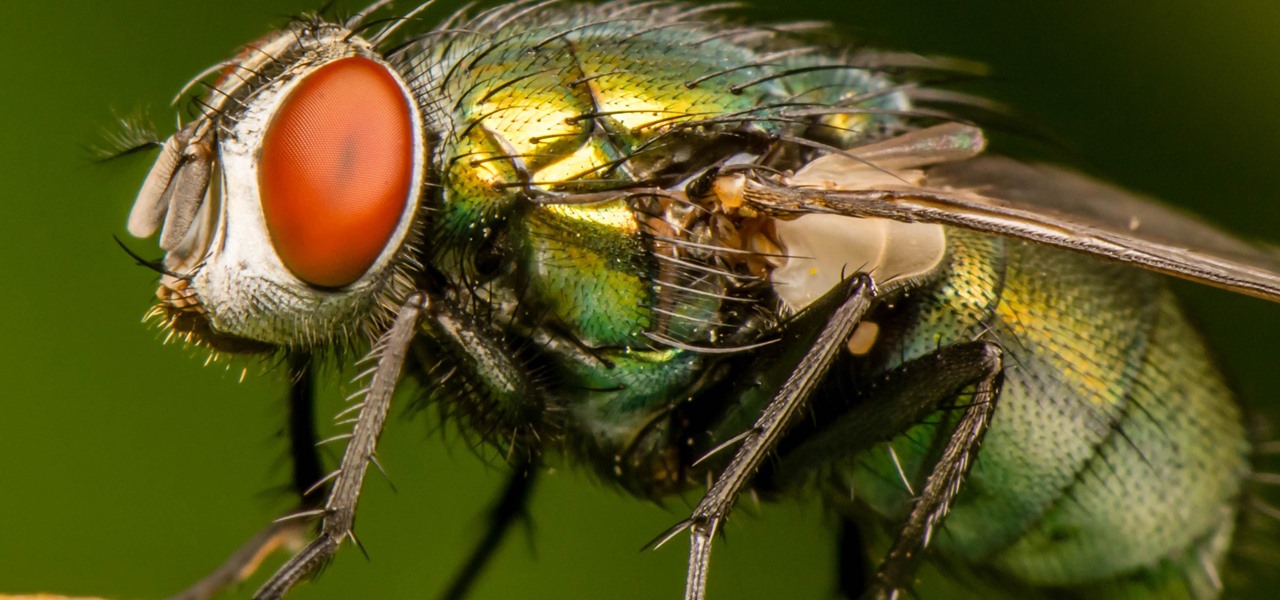Researchers have been studying the blood meals of flies to understand the flow of infectious pathogens in wild animals.
Prior studies have shown that DNA from animals hosting pathogens like malaria and Zika are preserved in the blood meals of flies, so scientists are using those bloodsucking flies as "flying syringes" to detect emerging diseases before they even have a chance to spread to humans.
According to research published in the journal eLife, about 60% of emerging diseases are transmitted from animals to people, medically termed zoonatic, and require researchers to come up with new ways of detecting these infectious pathogens in wildlife before potentially becoming an outbreak.
Every year, seven new pathogens are identified worldwide, and by 2020, it's expected to expected to jump to 15–20 a year as humans come into increased contact with wildlife species, according to Franck Prugnolle, an evolutionary geneticist from the National Center for Scientific Research (CNRS) in France. Finding ways to predict how and where an epidemic might occur could help to monitor the presence and the spread of infectious diseases around the world.
Existing methods for studying the circulation of pathogens in wild habitats involve [analyzing] animals caught for food, which represent only a fraction of a region's wildlife, or directly trapping animals to study the presence of infection in their organs and tissues, which is difficult and dangerous to protected species.
Using bloodsucking flies, or more specifically, tsetse flies—one of the three types of fly trapped in the 16-week study in Gabon, Central Africa—is a less invasive way of analyzing the circulation of pathogens.
Paul-Yannick Bitome-Essono, lead author of the research project, also from the CNRS, explains why the team focused on the tsetse fly, which carries the parasite responsible for human African trypanosomiasis, also known as sleeping sickness:
We thought the tsetse fly might be a good candidate in our study, as both sexes feed on blood, they are large and easily trapped, present in large numbers in Central Africa, and are opportunistic feeders with no strong preference for a particular host animal, so would feed on a large range of wildlife.
After trapping the flies, the researchers studied the flies' blood meals to determine which animal the fly fed from and if any strains of malaria were present. Out of the 4,000 flies captured, 1,230 were blood-engorged flies, and 30% of the blood meals studied came from mammals, birds, and reptiles. Nine percent of the blood meals studied contained different strains of malaria parasites, including 18 strains of malaria that have never been documented before.
The study found that using bloodsucking flies as a sort of "flying syringe" (what Prugnolle and his team of researchers called it) could be a good approach to understanding "blood-borne pathogen diversity in wild vertebrates" and could ultimately be used as an "early detection tool of zoonotic pathogens."
The team hopes to improve upon its method and eventually to "detect pathogens before they spread to humans, as well as the emergence of new diseases in wild animals that may threaten their long-term survival."
Just updated your iPhone? You'll find new emoji, enhanced security, podcast transcripts, Apple Cash virtual numbers, and other useful features. There are even new additions hidden within Safari. Find out what's new and changed on your iPhone with the iOS 17.4 update.

























Be the First to Comment
Share Your Thoughts